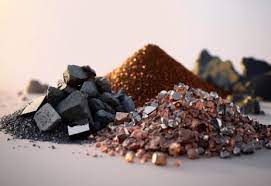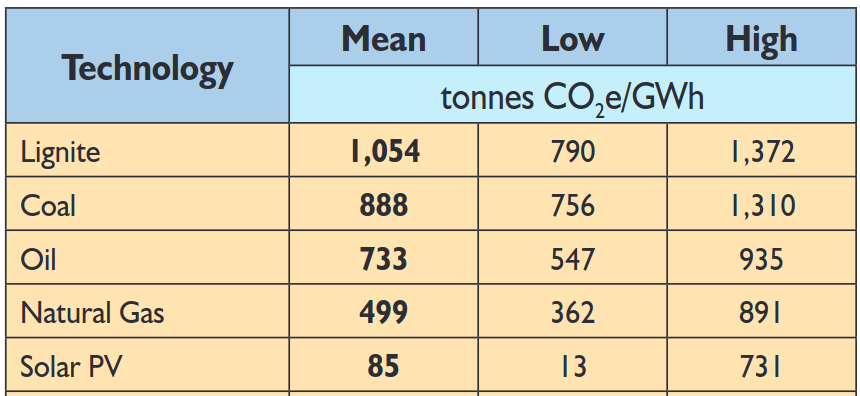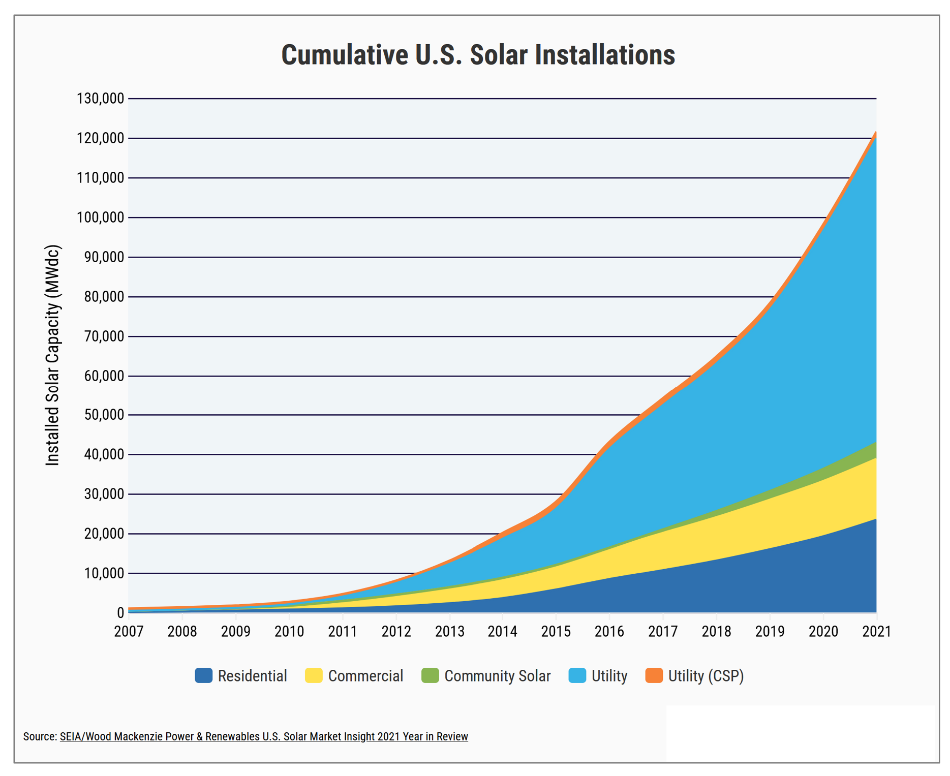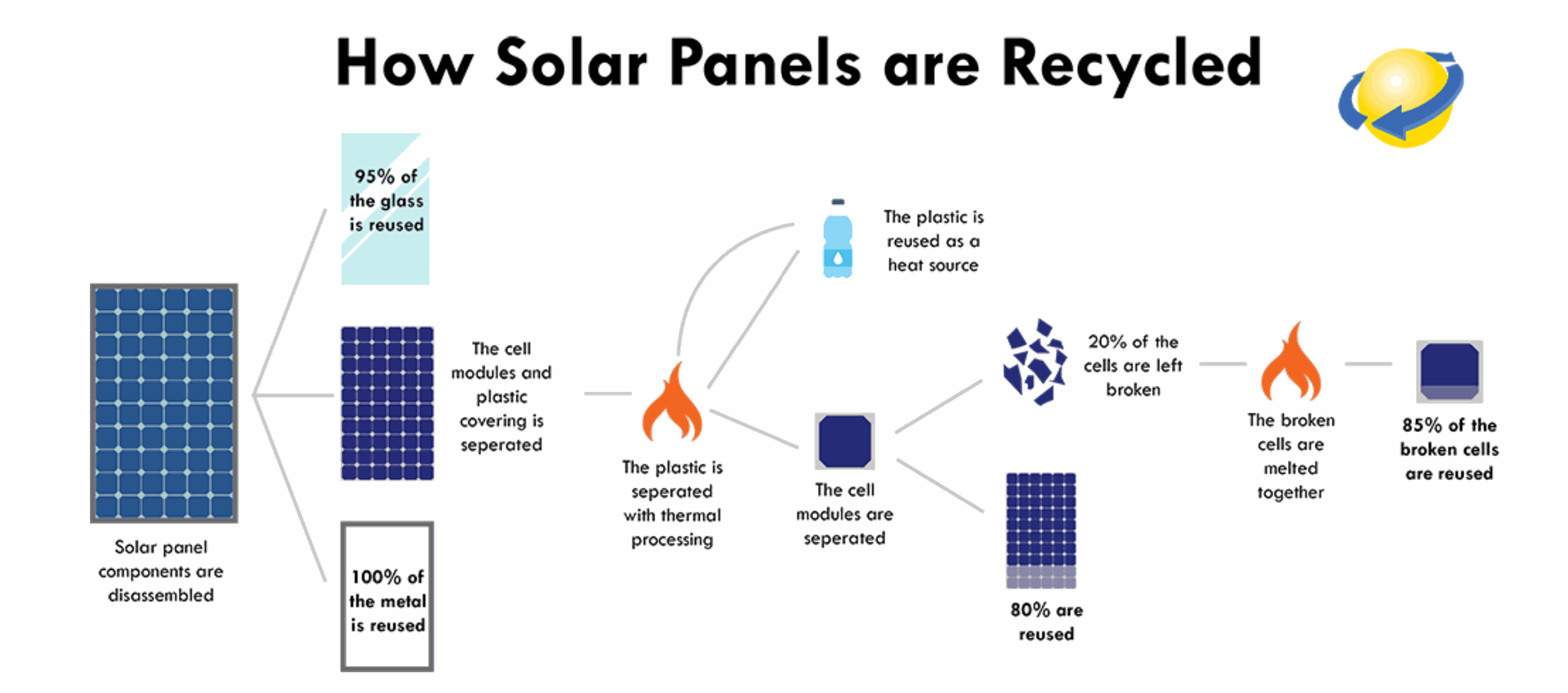Everybody knows that solar panels don't produce any emissions.
That's the reason for their reputation as the ultimate clean energy source.
But when it comes to evaluating their environmental impact, what happens when solar panels are operating is just one part of the story.
Before they can produce any power, solar panels have to be manufactured. And that means any serious examination of their environmental impact has to consider the impact of each of the following:

Mining the silicon and other raw materials that make up solar panels
Transporting those raw materials
Manufacturing them into solar panels
Shipping the finished products from the factory to their final destination
What critics of solar power often leave out, however, is that similar considerations also apply to fossil fuel-burning power plants.
Building one requires mining the relevant raw materials, fashioning them into the necessary parts, and transporting everything where it needs to go. And—just like solar power—when it comes to understanding the full environmental impact of generating energy by burning fossil fuels, all these ancillary factors must be considered.
In the previous entry, we looked at a comprehensive study that vindicated solar power's environmentally-friendly reputation. It turns out that the overall amount of greenhouse gas emissions involved in producing solar energy still works out to be much lower than what's emitted by burning coal or other fossil fuels.

But there's more to the environmental impact of manufacturing solar panels than just the production of greenhouse gas.
Recycling
One great thing about solar panels is how long they last. Their expected lifetime is generally 25-30 years, with most manufacturers even offering a 25-year performance warranty.
But, though 25 years is a long time, it's not forever. Eventually, your solar panels will need to be replaced, which raises the issue of what happens to the old ones.
Can they be recycled? Or are they destined to take up more space in our already too-abundant landfills?
Currently, it's likely to be the latter. Any solar panel that goes out of commission today will probably wind up in a landfill.
But that's only because there still aren't enough solar panels in use to make recycling financially feasible.
Given the rate at which solar power is growing, however, that's bound to change.
The Law of Supply & Demand
According to the Solar Energy Industry Association (SEIA), by the end of 2021, total US installed solar capacity had reached 121,000 megawatts. Whereas, in 2007, that number was only 470 megawatts.
That means 99.6 percent of the solar panels in use today are less than 15 years old and, hence, still have at least another decade till disposing of them even becomes an issue.

So, though there are a lot of solar panels sitting on U.S. rooftops generating cost-free, clean and renewable energy, the number that needs replacing each year is still way too small to sustain a robust market for recycling.
And it’s liable to be at least another decade before enough solar panels have reached the end of their useful lifespan to make widespread recycling a reality.
But the basic fact is that we already know how to recycle solar panels and all that’s missing is the demand.

So, if you’re thinking about going solar today, there are bound to be very good recycling options in the 25 or more years it will take before you even need to start thinking about replacement.